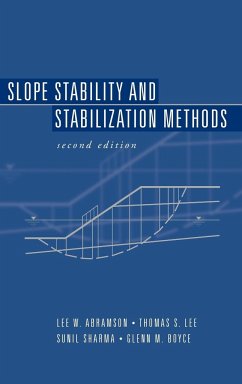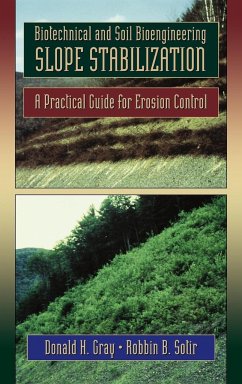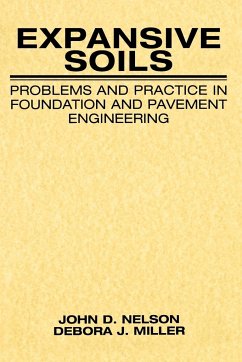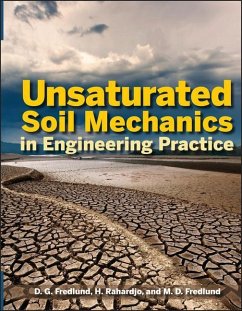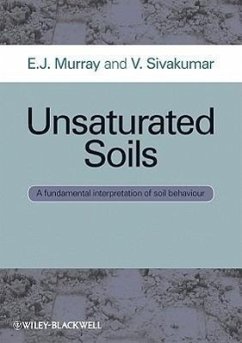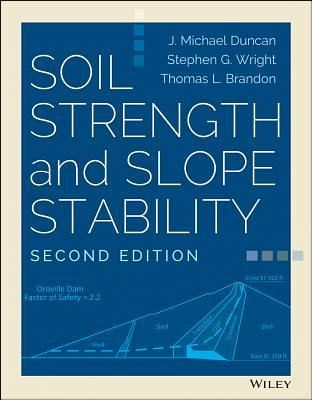
Soil Strength and Slope Stability
Versandkostenfrei!
Versandfertig in über 4 Wochen
120,99 €
inkl. MwSt.
Weitere Ausgaben:

PAYBACK Punkte
60 °P sammeln!
THE DEFINITIVE GUIDE TO STATE-OF-THE-ART SOIL AND SLOPE ANALYSIS Soil Strength and Slope Stability is the essential text for the critical assessment of natural and man-made slopes. Extensive case studies throughout help illustrate the principles and techniques described, including a new examination of Hurricane Katrina failures, plus examples of soil and slope engineering from around the world. Extraneous theory has been excluded to place the focus squarely on the practical application of slope design and analysis techniques, including information about standards, regulations, formulas, and th...
THE DEFINITIVE GUIDE TO STATE-OF-THE-ART SOIL AND SLOPE ANALYSIS Soil Strength and Slope Stability is the essential text for the critical assessment of natural and man-made slopes. Extensive case studies throughout help illustrate the principles and techniques described, including a new examination of Hurricane Katrina failures, plus examples of soil and slope engineering from around the world. Extraneous theory has been excluded to place the focus squarely on the practical application of slope design and analysis techniques, including information about standards, regulations, formulas, and the use of software in analysis. Readers will learn to: * Recognize the mechanics of soil and limit equilibrium procedures, and the behavior of each soil type * Analyze slope stability, rapid drawdown, partial consolidation, reinforced embankments, and seismic stability * Perform safety, reliability, and stability assessments, including techniques for failure probability calculations * Master the manual analysis methods that enable verification of software analysis results Slope stability is a fundamental element of geotechnical engineering, involving the assessment of existing slopes, design of man-made slopes, and the factors that cause them to survive or fail. Soil Strength and Slope Stability is the definitive guide to the practice, essential for every civil engineering project.




